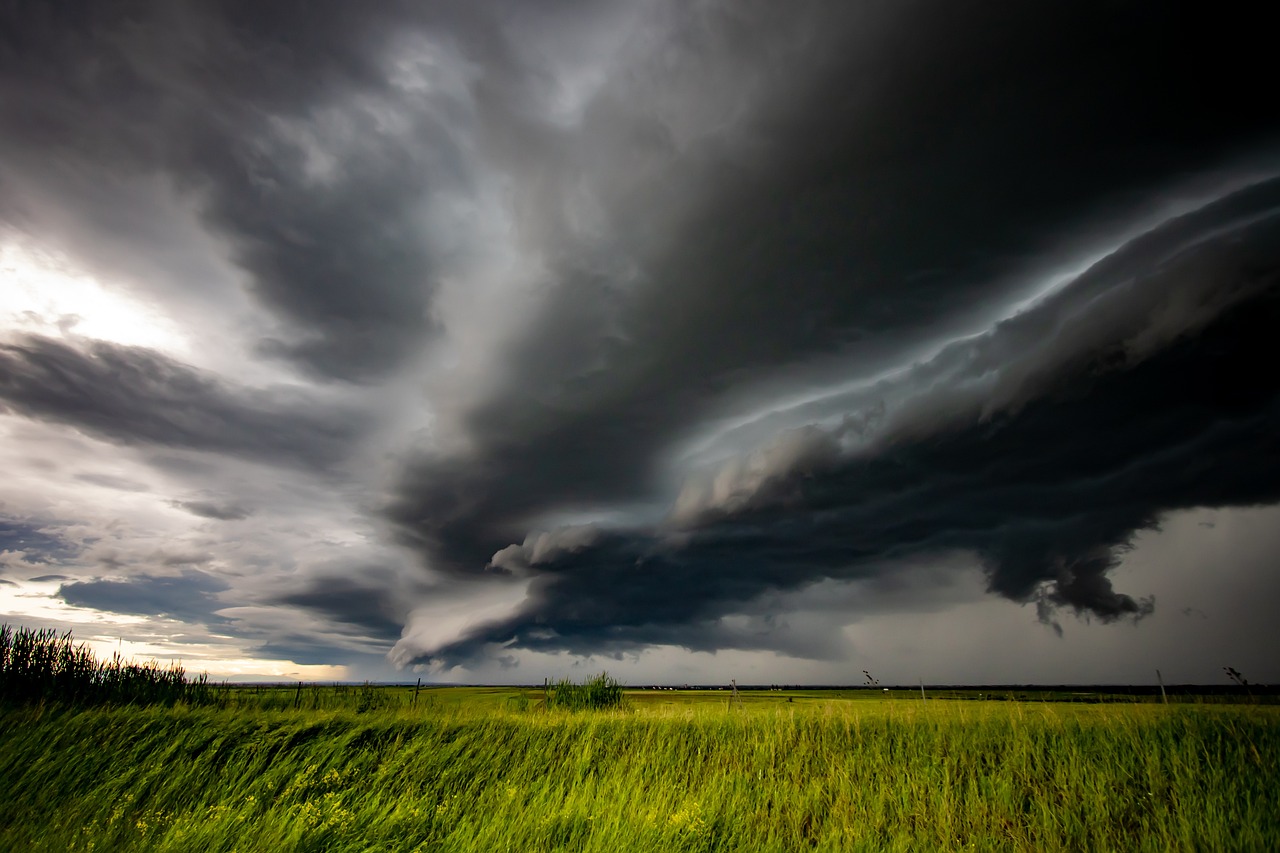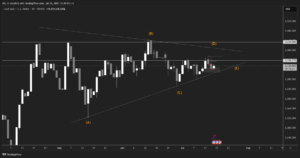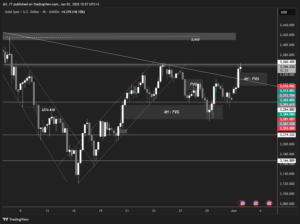I remember 2022 vividly. It was the year I launched my first live-streaming show, discussing major global events such as the Ukraine-Russia war, Elon Musk’s dramatic Twitter takeover saga, Liz Truss’s infamous lettuce showdown, and, most importantly, the catastrophic rise of global inflation.
Inflation in 2022 was severe, with several countries experiencing double-digit price increases. Central banks scrambled to hike interest rates in a desperate attempt to curb the crisis. While it seemed for a time that these measures had succeeded in taming inflation, the economic landscape of 2025 suggests that this menace is far from defeated. With Trump 2.0’s tariff policies stirring uncertainty, the Federal Reserve maintaining a cautious stance on interest rates, and the fact that U.S. CPI (YoY) announcement came in at 3.0% vs 2.9% expected , the risk of inflation wreaking havoc on global markets remains alarmingly high.
Inflation: The Persistent Economic Menace
Inflation has always lurked in the background of global markets, waiting for the right conditions to disrupt stability. In 2025, it has taken centre stage, presenting serious challenges for businesses, consumers, and policymakers alike. While some argue that inflation is a temporary consequence of economic cycles, prolonged inflation can have devastating consequences if left unchecked.
The Erosion of Purchasing Power
One of the most immediate and painful effects of inflation is the erosion of purchasing power. When prices rise faster than wages, consumers suffer. Essentials such as food, fuel, and housing have become increasingly unaffordable, particularly for middle- and lower-income families who were already struggling with the aftershocks of previous economic downturns. The aggressive price hikes of 2025 have further squeezed household budgets, leaving many people grappling with financial insecurity.
Interest Rate Chaos
To combat inflation, central banks worldwide have taken drastic measures, primarily in the form of aggressive interest rate hikes. While necessary to control inflation, these hikes make borrowing significantly more expensive. Mortgages, car loans, and business credit lines have turned into financial burdens, leading to reduced consumer spending and investment. This creates a vicious cycle: as borrowing slows, economic growth stalls, and businesses feel compelled to cut costs through layoffs and reduced expansion efforts.
The Business Struggle
For businesses, inflation in 2025 is a double-edged sword. Rising costs for raw materials, energy, and labour have squeezed profit margins. At the same time, companies are hesitant to pass these costs onto consumers for fear of driving away already cash-strapped customers. This crisis of confidence has led many companies to scale back operations, delay investments, and, in extreme cases, shut down altogether.
The Global Ripple Effect
Inflation in one country does not exist in isolation. In today’s interconnected world, rising prices in major economies create ripple effects across global supply chains and trade relationships. The cost of imports and exports has surged, affecting industries ranging from technology to agriculture. Emerging markets, which often rely on debt financed in stronger currencies, are particularly vulnerable, as higher interest rates and a stronger U.S. dollar make repayment burdens even heavier.
The Political and Social Fallout
Inflation is not just an economic issue it is a political and social one as well. Governments are under immense pressure to address the crisis, but their options are limited. Raising wages to keep pace with inflation risks triggering an even more damaging wage-price spiral, while price controls often backfire, leading to shortages and black markets. Public frustration is mounting, with protests and strikes becoming more frequent as workers and citizens demand relief from rising costs.
What Lies Ahead?
The path forward remains uncertain. Some experts believe that inflation will ease as central banks continue their efforts to stabilize the economy. Others fear that external shocks such as geopolitical tensions, supply chain disruptions, or unexpected crises could prolong the turmoil. Investors and policymakers must tread carefully, balancing the need for stability with the risk of overcorrection.
Conclusion
The dangers of inflation in 2025 are not hypothetical; they are real and unfolding before our eyes. If left unchecked, inflation has the power to destabilize economies, erode public trust, and create long-term financial hardship. While economic cycles are inevitable, the current crisis demands swift, strategic action. The coming months will be critical in determining whether we navigate this storm or allow it to wreak havoc on global markets and everyday lives.
One thing is certain: ignoring inflation is not an option.
By James Trescothick
Head of Market Research and Market Analysis
Risk Disclaimer: This information is for educational purposes only and does not constitute investment advice. Financial markets involve risks, and past performance is not indicative of future results. Always conduct your own research and seek professional advice before making investment decisions.





